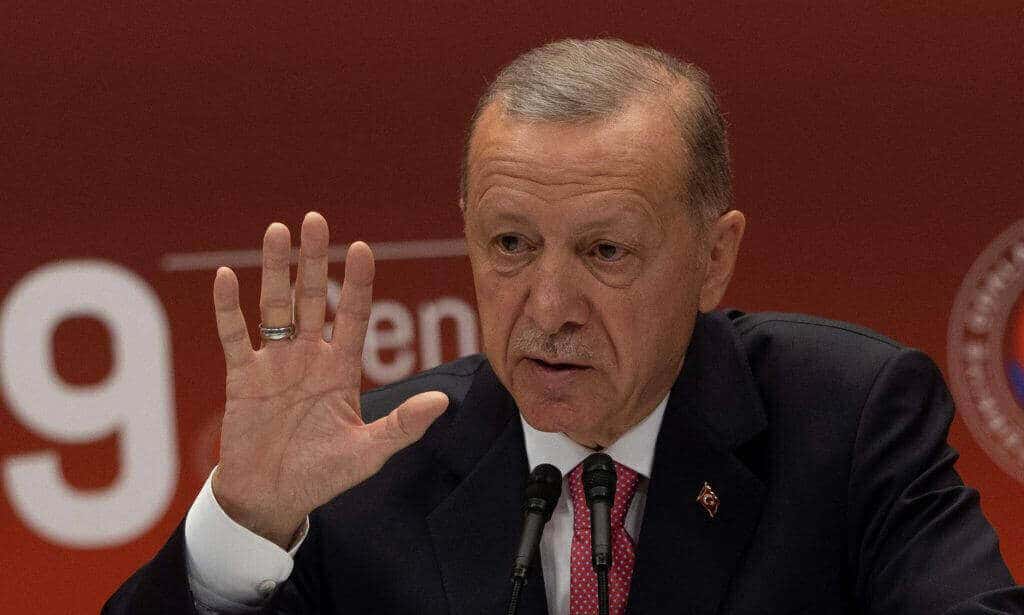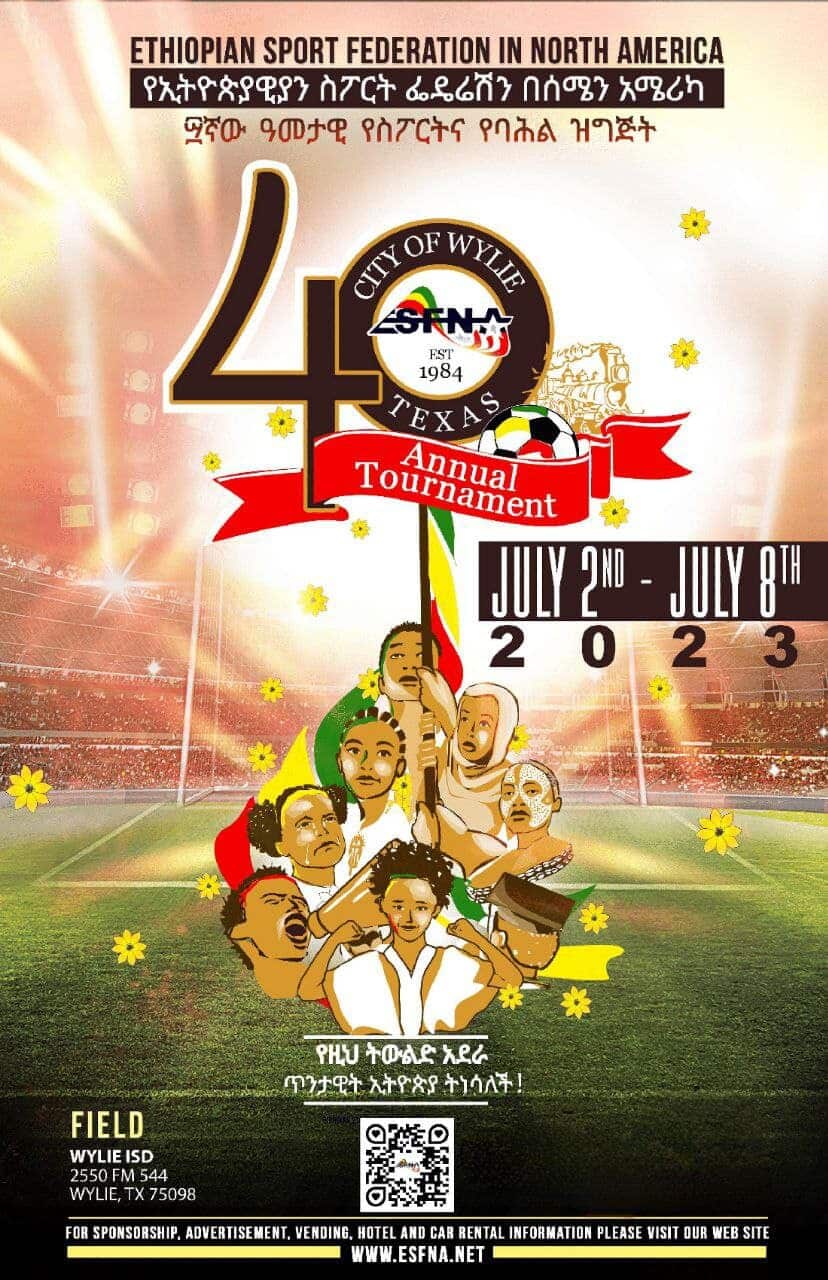 By Dr. Suleiman Walhad
By Dr. Suleiman Walhad
June 6th, 2023
The first half of year 2023 was not kind to the Horn of Africa States region. Its inability to organize itself and the activities of predators bent on exploiting the region’s resources kept it poor and agitated and drifting apart. Poor leadership is always a source of misery, and the Horn of Africa leadership appeared not to see beyond their huge residences and posh offices and huge security apparatus. The region continued, in the first half of this 2023, to be as dependent as it was on those who exploit it, and it therefore continued to suffer from multiple conflicts comprising of ethnic, religious, and pseudo political factions.
Domestic and external disruptions continued to encourage and strengthen rejection of regional populations of their own states and leaderships, let alone join and cooperate in the form of a geographical grouping like other parts of the world and this only helped foreign predators to continue keeping the region extremely distraught and directionless. It is, indeed, unfortunate to see that the region has not moved forward an inch in the matrix of things, remaining backward and open for foreign interferences.
The region’s extreme expansive wealth and geostrategic location did not change either. It continues to be significantly important for the world as it links the continents of Africa, Asia and Europe through the southern reaches of the Red Sea, the Bab El Mandab Strait, the Gulf of Aden and the northern Indian Ocean (the Somali Sea). The people of the Horn of Africa States region despite their similarities and historical connections, continued to be motivated differently and unable to see or move forward together for their interests in an increasingly aligned world, where countries of similar interests and geographical/historical connections continue to form blocks to face off others.
The year 2023 is half-way and what has changed in the region? Somalia continued to be knocking at the wrong door of the EAC in an effort to satisfy personal interests of few traders instead of the national interest, which requires that it should be joining and co-founding a new grouping of the Horn of Africa States. It also continued to suffer from religious terrorism, and kept the fattened African soldiers in the country, in the pretext of fighting the terror from religious groups. Ethiopia continued to be embroiled in new ethnic/religious conflicts within its large multiethnic populations, and miserably failed to lead the region as its largest country. Eritrea continued to suffer from the isolation imposed on it from outside while Djibouti continued to serve others in an attempt to remain safe and sound in a rough and volatile environment. It is often also accused of giving ground and bases to those who keep the region agitated for exploitation by external parties.
The Region’s Geostrategic Location
The region is important for the world because of its geo-strategic location and hence value. It links the three continents of Africa, Asia and Europe as it has always been throughout history. It is where man first crossed from Africa to other continents and continues to be as important as ever, for humanity, global trade and people movement. It is also the source of the Blue Nile, which provides most water to Sudan and Egypt.
Regional Issues
The Horn of Africa States region continued to suffer from lack of peace and security for over forty years and hence lack of development, although it appears to have recovered from the old false socialist socio-economic and political infrastructures of the past. Private entrepreneurship seems to be winning and taking shape in the region and should hopefully come to fruition in the long run, if peace and stability is assured. The region, although it was getting closer together in the recent past, appears to have drifted apart in this first half of 2023 and, in the main because the Somali Federal Government, would seem to have chosen a different path than was previously agreed upon. It appears to be seeking solace and support from Egypt and Kenya, which are both exploiters of Somalia and its people and the region. It has pursued strongly to join the EAC, a region with which Somalis, in general, share little except for, perhaps, a few traders, who appear to have offices and businesses in some of the east African countries and mostly in Kenya. They should not be allowed to lead the foreign relations of the country. Old rivalries which should have been extinguished appear to have been rekindled and this does not pose well for the region. This negates cooperation among the countries of the Horn of Africa States region and encourages unnecessary competition.
The citizens of each of the countries of the Horn of Africa States appear to have lost faith in their countries and/or leadership and many only see them as agents for foreign predators that are exploiting the region’s resources including its geostrategic location. Many of the citizens of the countries of the region have multiple nationalities within and beyond the region and hence have multiple loyalties. It is difficult to discern the real patriots of the region.
Foreign Actors
External actors mostly in the form of NGOs but backed by powerful global and regional powers play havoc in the Horn of Africa States region, mostly using humanitarian fronts and climate and environmental issues, all of which appear to be manmade and unnatural in the region. There is always, on a daily basis, a call for help for the region. This represents a psychological warfare to have the region lose confidence in itself and hence stay impoverished. It is, indeed, kept poor for people are not encouraged to grow and produce their own food but kept in camps in the promise that they would be fed like animals in a barn. The governments of the region are kept busy fighting off political challenges instead of dealing with the job of governing and hence the cycle of violence and corruption continues. The first half year of 2023 was not different. The same policies of external manipulators and predators kept playing havoc on the region and the region’s leadership did not manage these foreign actors.
Dysfunctional Regional organizations
The Horn of Africa States region belong to the African Union, IGAD, COMESA and others. The member countries of these organizations do not fund these organizations properly and hence all of them rely on foreign financial assistance. Money is never free, and it is easy to note that there would always be strings attached to any foreign financial assistance. These organizations are managed and run through financial support from external sources who would expect returns for their investments. Aid and grants are, indeed, investments and leveraged for geopolitical power, which turns recipients into proxies acting on behalf of the donner nations and bodies. The Horn of Africa States region, which remained to be a recipient of such aid and grants has thus continued to be exploited to serve the interests of the donner parties during this half year past. This only helped the continuation of the political instability of the region and its exploitation to serve extra-regional interests.
Conclusion
The first half of this year 2023 was rough for the region and generally kept it subservient to and relying on others for sustenance. Its leadership remained divided and drifting apart with no particular direction. In a world where realignments are the norm, the Horn of Africa States region appears not to have moved an inch towards reconstruction of the region. It, indeed, drifted apart and the achievements of the past several years seem to be vanishing as some members insist on joining others instead of their natural allies within the region. The region has not thrown up a leader determined to unite the region and make sacrifices for the noble goal. There seems to be no vision on the part of the leadership of the region either for their singular states or for the region other than perhaps their personal gains and there are few think tanks that are not listened to, anyway. There seems to be no need for thinkers and for new thoughts in the region. Most governments of the region still carry the begging bowls and rely on others for budgetary support to pay for their upkeep, administration and security apparatus.


